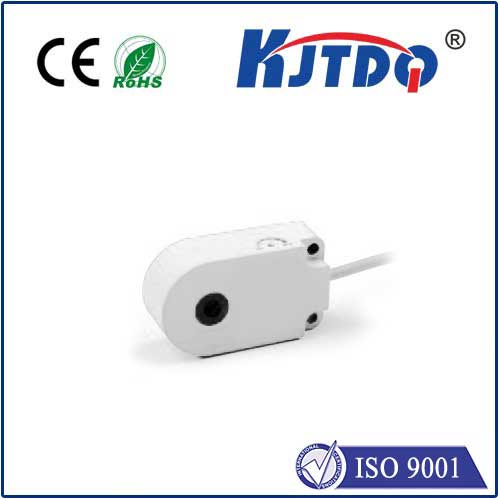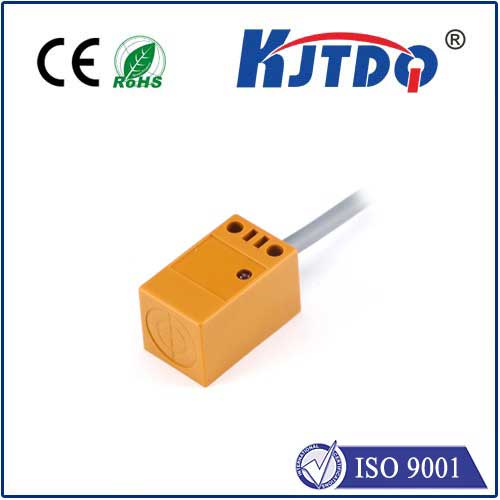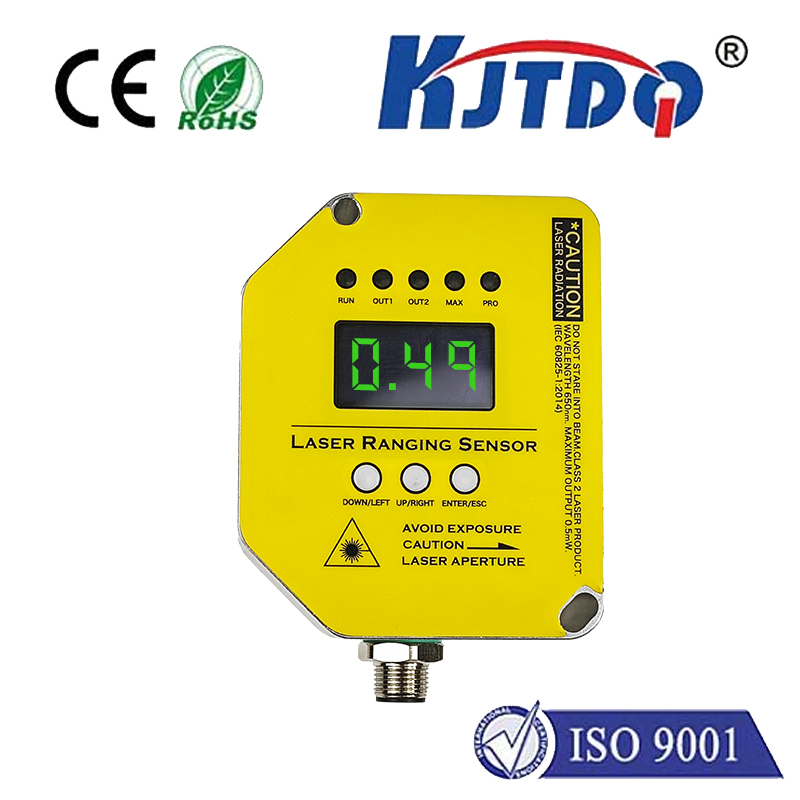

check

check

check

check

check

check

check

check

check

check
Forget isolated motion detectors or easily compromised tripwires. Imagine turning an ordinary fiber optic cable – the kind carrying your internet – into a vigilant, unblinking guardian capable of sensing disturbances across hundreds of kilometers, instantly pinpointing threats with remarkable accuracy. This isn’t science fiction; it’s the reality delivered by Distributed Fiber Optic Intrusion Sensor Systems (DFOSS). This cutting-edge technology is fundamentally reshaping perimeter security and asset protection for critical infrastructure, offering an unprecedented blend of coverage, sensitivity, and stealth.
The Core Principle: Light as the Ultimate Witness
At the heart of a DFOSS lies a deceptively simple concept. A pulsed laser injects light into a standard single-mode optical fiber cable. As this light travels down the fiber, tiny imperfections in the glass cause a minuscule portion to scatter backwards – a phenomenon known as Rayleigh backscatter. Crucially, any physical disturbance near the cable – footsteps, vehicle vibrations, digging, climbing, or even tampering – subtly alters the optical properties of the fiber at that exact point. This change modifies the characteristics (phase, frequency, intensity) of the backscattered light signal.
An ultra-sensitive interrogator unit analyzes these returning light pulses with incredible precision using techniques like Phase-Sensitive Optical Time Domain Reflectometry (φ-OTDR) or Coherent Optical Frequency Domain Reflectometry (C-OFDR). By precisely measuring the time it takes for the backscattered light to return, the system determines the location of the disturbance along the fiber. Sophisticated algorithms then classify the type of event based on its unique vibrational signature. Essentially, the entire fiber cable transforms into a continuous chain of thousands of virtual microphones and motion sensors.

Why DFOSS is a Game-Changer for Security
Compared to traditional point sensors or seismic cables, distributed fiber optic intrusion detection offers compelling advantages:
Beyond Pure Intrusion: The Multi-Threat Sensor
The capability of DFOSS extends beyond simply detecting deliberate intrusions. The same sensitivity to vibrations and strains makes it powerful for:
Addressing the Realities: Considerations & Evolution
No technology is without its considerations. While significantly reduced compared to deploying thousands of point sensors, the upfront cost for the interrogator unit can be substantial. Optimal performance requires proper fiber cable installation – secure coupling to the ground or fence to effectively transmit vibrations is crucial. Highly complex acoustic environments (e.g., near constantly busy highways or heavy machinery) can challenge classification algorithms, demanding sophisticated configuration and machine learning techniques to maintain high accuracy. While location is precise, determining exactly if an event is on the left or right side of a buried cable or fence can sometimes require dual-fiber configurations or careful installation planning.
However, the field is rapidly advancing. Artificial intelligence (AI) and deep learning are being increasingly integrated to dramatically improve event classification accuracy and reduce false positives. The sensitivity and range of interrogators continue to improve. Efforts are also focused on making systems more user-friendly and simplifying integration workflows.
The Unbroken Line of Defense
Distributed Fiber Optic Intrusion Sensor Systems represent a paradigm shift in wide-area security and monitoring. By transforming ubiquitous telecommunications fiber into a vast, sensitive, and intelligent sensory nervous system, DFOSS provides a level of situational awareness, resilience, and cost-effectiveness unmatched by traditional methods. As threats evolve and critical infrastructure grows more extensive and interconnected, the demand for this continuous, unblinking vigilance offered by distributed fiber optic sensing will only intensify. It provides not just a detection system, but a foundational layer of intelligence for modern security ecosystems, safeguarding vital assets across vast, challenging terrains with unprecedented efficiency.









